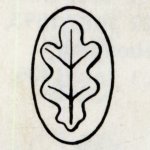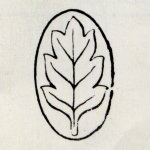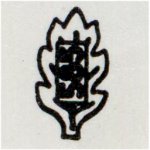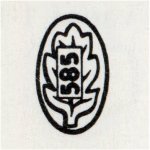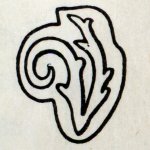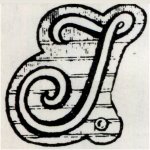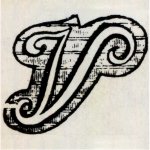We offer layaway, spread payments on the piece of your dreams. Ask us for details. Free insured shipping on all orders !!!
Antique and Vintage Jewellery Lecture:
Hallmarks and Regulatory Laws
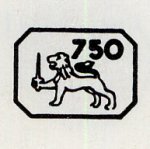
In antique and vintage jewellery, you may encounter numerous hallmarks, up to 19 distinct types. It's improbable to find all these marks on a single piece; typically, there are between two and five marks per item.
It's important to distinguish official hallmarks from mere markings, often just numerical like 750 or 925, indicating metal fineness. These numbers, added by manufacturers, may not always accurately represent the actual metal purity.
These hallmarks can reveal various details:
- The year of creation
- The era or period of the piece
- The maker's identity
- The alloy composition (with multiple precious metals possibly leading to several marks on one item)
- The seller's identity
- The essay-master's identity
- The designer's identity
- The country of origin
- The originating state or province
- The city of manufacture
- The city where the piece was hallmarked
- The item's weight at the moment of hallmarking
- Any applicable taxes or duties (like luxury or war tax)
- The importer's identity to a specific country
- The country of import
- The city of import
- The country of export
- The jubilee year of creation
- The reigning monarch at the time of creation
Some marks may contain multiple types of information. For example, the French eagle's head hallmark denotes the country of origin, the alloy (750/1000), and, based on its strike and location, can indicate the item's weight and give an approximate date of hallmarking.
In 18th-century Holland, particularly in Groningen, a double-function mark was used on silverware, combining the maker's and city marks in a cross to show the alloy.
Hallmarks in Great Britain and some European countries (not officially in the U.S.) are used to verify metal purity as per legal standards and provide other relevant information. They include the Maker's Mark, Assay Office Mark, Standard Mark, and Date Letter, with less common marks like the Foreign Goods Mark, Duty Mark, and Commemorative Mark. A Design Registration Mark indicates design registration, not manufacture date.
Introduced in England in 1300 by Edward I, hallmarks have evolved over time. London's standard hallmark is issued at the Goldsmiths' Hall of the Worshipful Company of Goldsmiths, a guild established before 1180.
Some Dutch Hallmarks
Some French Hallmarks
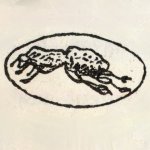 France hallmark ant |
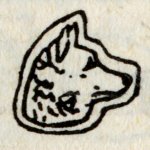 France hallmark dog's head |
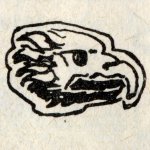 France hallmark eagle's head |
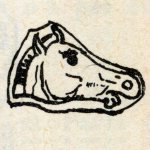 France hallmark horse's head |
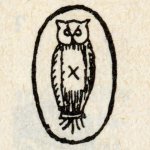 France hallmark owl |



